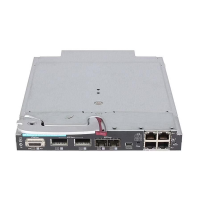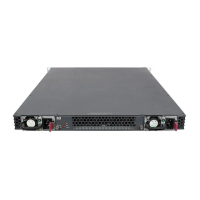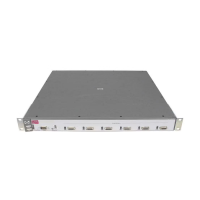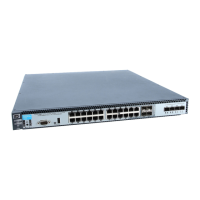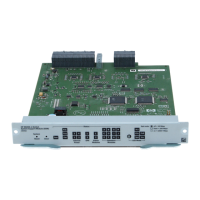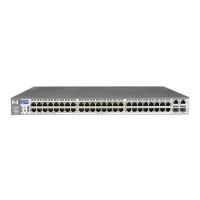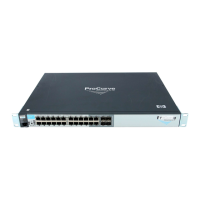8-13
Classifier-Based Software Configuration
Traffic Classes
3. Enter the exit command to exit the class configuration context.
To display a class configuration, enter the show class < ipv4 | ipv6 >
< classname > command (see Figure 8-7).
To edit a class configuration, re-enter the class configuration context
(class command) and enter new match/ignore statements as follows:
• If you do not enter a sequence number, a new statement is inserted at
the end of the class configuration.
• To remove a match/ignore statement from a class configuration, enter
the no <sequence-number > command or the complete form of the no
match ... or no ignore ... command.
• To resequence the order in which match/ignore statements are listed,
include the resequence option in the class command (see “Resequenc-
ing Match/Ignore Statements” on page 8-24).
• To replace an existing match/ignore statement, enter the no
<sequence-number > command to delete the entry and re-enter a
complete <sequence-number > match ... or <sequence-number > ignore
... command.
When you exit class configuration context, the changes are automatically
saved and applied to existing policy configurations on the switch that use
the class if the policies have not been applied to an interface. If a policy
has already been applied to an interface, the editing changes are not
accepted and an error message is displayed.
Figure 8-2 uses a sample ToS/Traffic Class field of 10101000
to show the differences between the IP precedence (101),
DSCP (101010), and ToS/Traffic Class (10101000) bits. Note
that the rightmost two bits are reserved as 00.
Figure 8-2. Example of a ToS/Traffic Class Field
Type-of-Service Byte (in IPv4 Header)
Traffic Class Byte (in IPv6 Header)
Differentiated Services Codepoint
Reserved
Precedence
Bits
Delay Throughput
Reliability Bits
1010100 0
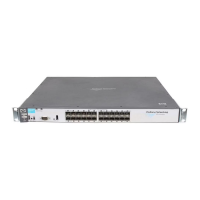
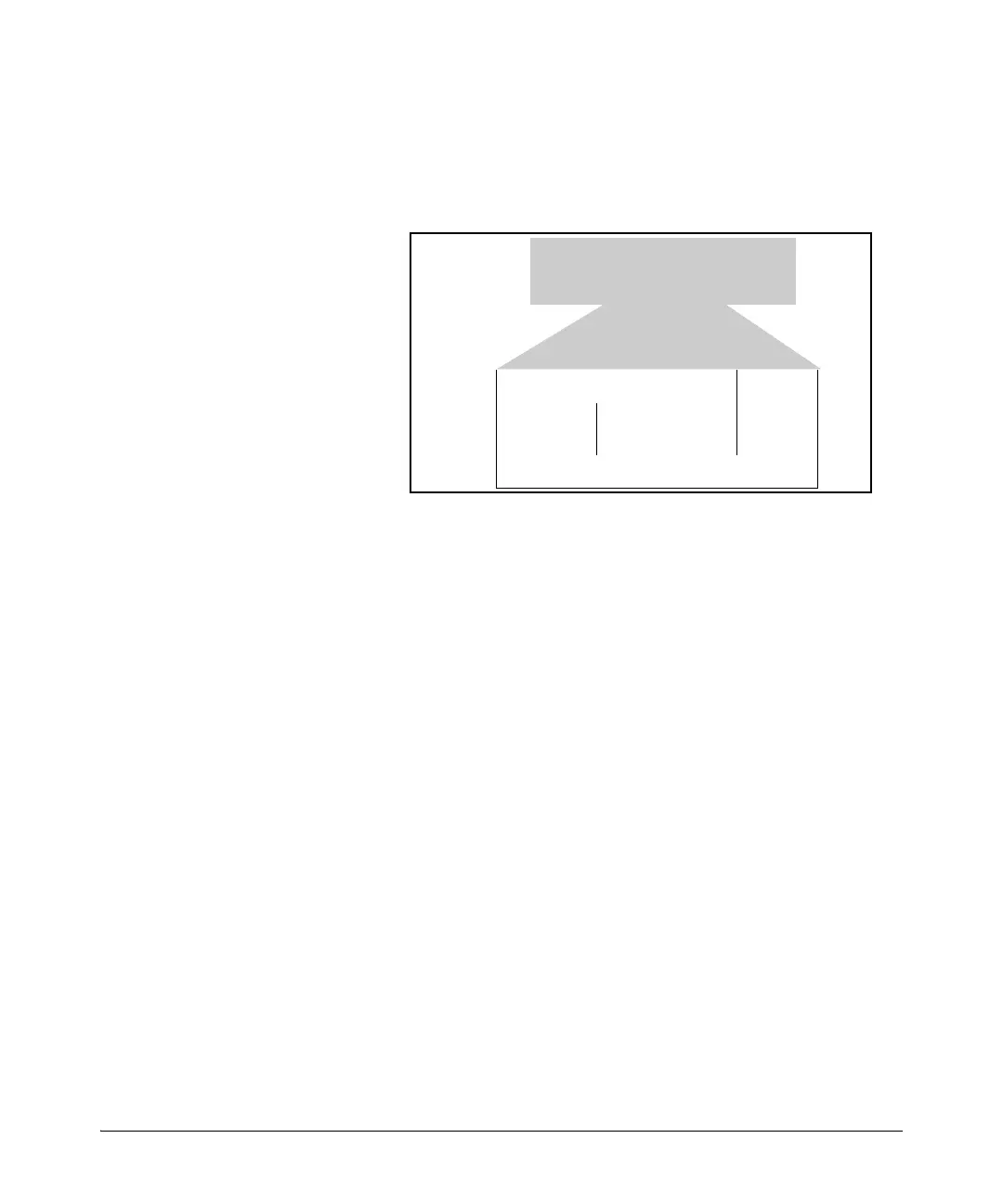